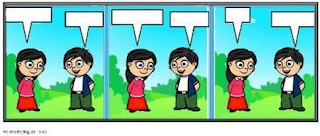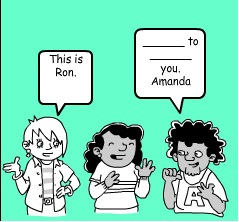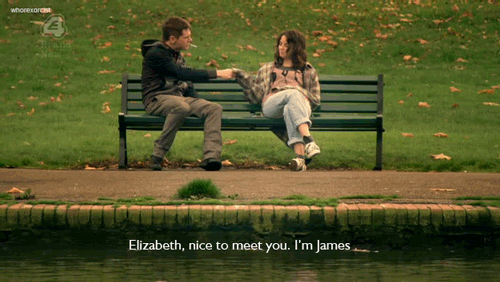How To Start A Conversation In English



Do you have difficulty speaking English? Sometimes the hardest part is simply starting a conversation. Learn these expressions for starting a conversation in English in any situation – formal or informal, at work, school, or other contexts!
STARTING A CONVERSATION WITH A FRIEND:
With friends, you can use informal English expressions like these:
- What’s up?
- How’s it going?
The correct answer to “What’s up?” is “Not much.” You can then add a detail about what’s happening in your life at the moment. If someone says “How’s it going?” you can answer “Good” or “Not so good” and then say why
.

STARTING A CONVERSATION WITH SOMEONE YOU HAVE JUST BEEN INTRODUCED TO:
- Nice to meet you!
- How do you two know each other?
- So, what do you do for a living? (= what is your job?)
- What are you studying?
- How long have you been (a journalist / doing yoga / interested in music)?
- How did you get into it?

STARTING A CONVERSATION WITH A COLLEAGUE:
In the office, you use slightly more formal English, such as these common expressions:
- Hi, John. How are you doing?
- How’s your day going?
- We’re sure having a busy/slow day today.
- Have you heard the news about ________?
- (on Friday): Have you got any plans for the weekend?
- (on Monday): How was your weekend?
You can talk about projects you’re working on, or about hobbies you have outside work. Current national and international news is also a good topic of conversation.


STARTING A CONVERSATION WITH SOMEONE YOU MEET OUTSIDE:
- Its a beautiful day, isn’t it?
- It looks like it’s going to rain/snow.
- Can you believe all this rain/snow we’ve been having?
- Sure is a hot/cold one today!
- Your dog is so cute! What’s his name?
If you’re in a park, on the street, etc., the most common way to start a conversation is by talking about the weather.

Comentarios
Publicar un comentario